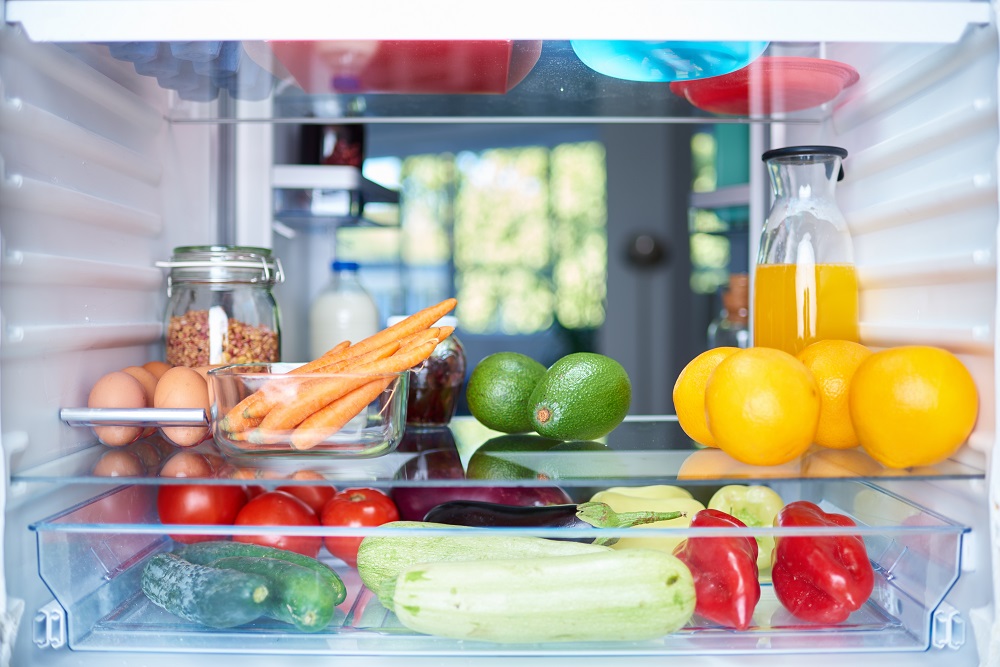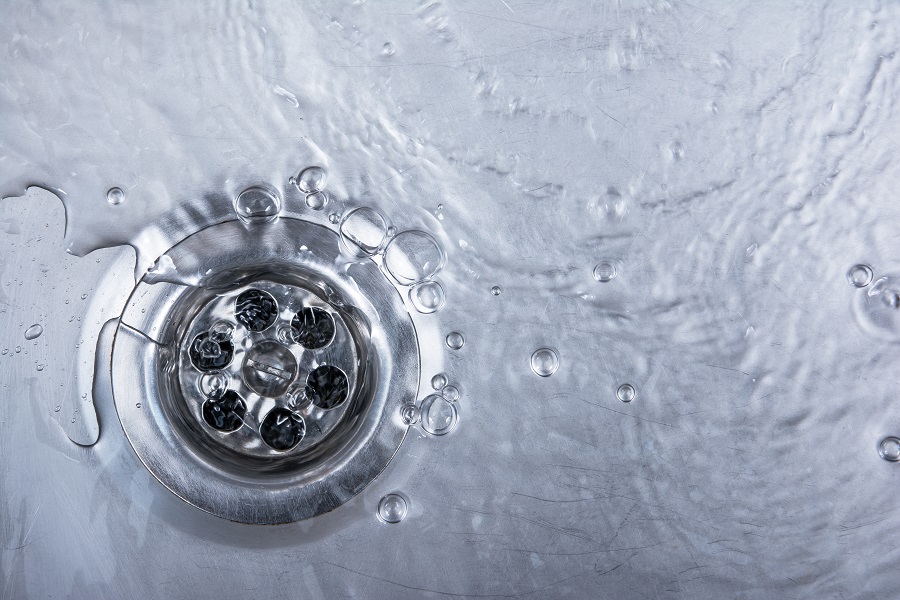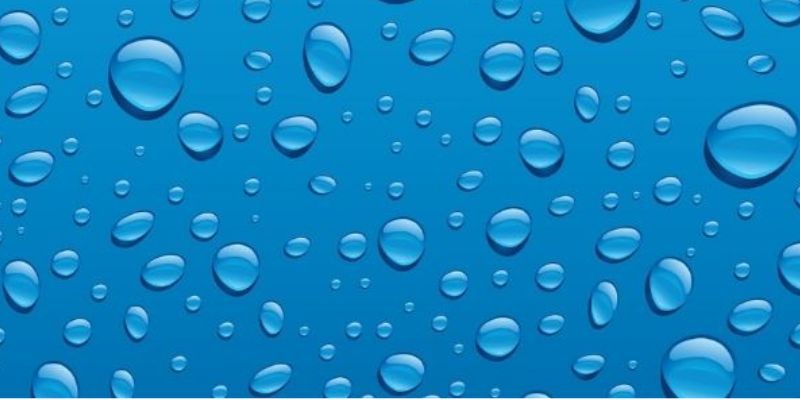How does our water consumption affect the environment?
Despite the fact our Earth is made up of 70.9% water, water is a finite resource – because only 0.03% of it is actually suitable for our consumption. At the rate we’re going through water, England could reach ‘Day Zero’ for water in 20 odd years, meaning utility companies will be forced to turn off our water supplies due to the lack of water.
So, it’s important to start using our water supply wisely and more responsibly. As the population has grown, alongside lifestyle and behaviours changes, and improved technology and infrastructure, it has put an increased strain on our water supply. Not to mention the effects of global warming. We rarely, if ever, think about where our water comes from as it runs freely through our taps. But it has to come from somewhere.
As a consequence of our usage, half of the Earth’s wetlands and ecosystems have been destroyed. So, where do we go from here? The short answer – stop treating water as an infinite resource. This article will breakdown your water usage and show you easy solutions to combat water waste.
How much water does the UK use?
The average person in the UK uses 142 litres of water each day. However, research by the Water Regulation Advisory Scheme (WRAS) found that 46% of people believe their household uses under 20 litres a day (roughly the same as a two-minute-long shower), hugely underestimating their usage.
Of all household appliances such as dishwashers, washing machines, toilets and showers, bath’s use the most amount of water – 80 litres to be exact. WRAS also found that on average, we use about 50 litres of water per washing cycle, 80 litres of water in the shower and waste 12 litres of water while we brush our teeth with the tap running. Unfortunately, it’s not just our household appliances using precious water.
What does hidden water usage mean?
Virtual water, or hidden water, is the amount of water we cannot see that is used in the products we consume. It refers to the entire volume used in the process: manufacturing, agriculture, packaging and shipping. Hidden water makes up the majority of our water footprint, but many people are unaware of just how much of it they use. Which is a lot of it.
Water is used for practically everything you buy, including the clothes you wear and the food you eat. The Water Footprint Network (WFN) has identified three different types of hidden water footprints:
- Green water footprint – the amount of rainwater used to produce an item.
- Blue water footprint – the amount of water sourced from surface or groundwater resources to produce an item.
- Grey water footprint – the amount of freshwater required to dilute pollutants to meet water quality standards.
Food is obviously the biggest hidden water usage, making up two-thirds of our water footprint. The production of meat uses the most amount of water, as well as processed foods and dairy. To put it into perspective, one kilogram of beef needs 15,000 litres of water to produce, and overall meat-eaters use about 15 bathtubs full of hidden water in their diet. In comparison, a vegetarian consumes around 8 baths of hidden water.
Wholefood’s, fruit and vegetables are encouraged for a healthy diet and planet but ironically, according to WRAP, eight of the top ten countries the UK sources their fruit and veg from is a drought-prone country. Overall, it takes roughly 2700 litres of water to produce the food you eat, the equivalent of showering 44 times a day. So, when we waste food, we’re also wasting huge amounts of water.

There’s hidden water usage in more than just our food
Fun fact (it’s actually pretty annoying), but when you buy a bottle of water, it actually takes more water to create that bottle than the amount of water inside of it. It also takes a significant amount of water to create energy. That’s right – we even need water to make electricity. In fact, it’s a complete cycle because we need the energy to move and treat water, but we need water to make power! Therefore, conserving water and energy go hand in hand.
Water plays many important roles when it comes to electricity including generation, extraction, production, fuel refining and processing and transportation. The majority of our energy is generated using fossil fuels like coal and oil, but it needs cooling, which is where water comes in. Power plants boil water to produce steam which then generates electricity. Water is also needed to drill, mine and refine the natural gasses we use.
Furthermore, water is then mixed with coal to transport up from the mines, making it easier to flow through the pipes. The minerals unearthed during this process often contaminate groundwater, which damages local ecosystems and drinking water. So, essentially, when you leave a light on, you’re wasting electricity and water. Clean energy technologies like wind and solar power require less (if, any) water and are far better for the environment.
But there are still tons of other products that we consume every day that has hidden water usage. Take our mobile phones, for example, the individual processes of manufacturing the materials, producing the phone and transporting it, makes a huge water footprint. In total, one phone needs 14,500 litres of water to produce (about 40 full bathtubs). There are 3.2 billion smartphone users in the world. It’s difficult to comprehend just how much water that is.
Let’s not forget the cotton industry
When you put on your favourite jeans, you probably don’t think about how they came to be in your wardrobe.
As we’ve already established, it’s easy to forget that virtual water exists. However, cotton is a huge water-sucker. For every one kilogram of cotton produced, it needs 10,000 litres of water. To contextualise that figure, one cotton t-shirt takes 2,700 litres of water to make, and you probably have a whole drawer of them. To break it down further, 42% of this water is blue water (groundwater), 39% is green water (rainwater) and 19% is grey water (dilution water).
A real-life example of the consequences of cotton production is the Aral Sea, originally the fourth largest freshwater lake in the world has now virtually disappeared. Due to extensive irrigation, the water has become polluted and gravely affected the nearby population.
Therefore when you buy clothing, you are also using water. However, there’s good news too!
Does this mean I need to make drastic changes to save water?
Absolutely not! There are always ways to save water without compromising your lifestyle, and lucky for you, we know all about them! Wasting less water simply means using it more efficiently and now you know all about your hidden water usage, you’ll be a pro at saving water in no time!
The managing director of Waterwise, Nicci Russell, says “by making small changes such as turning the tap off when brushing your teeth or swapping a bath for a short shower, you’re not only helping to save water but energy, money, as well as protecting the environment and future supplies”. No one is going to have a water footprint of zero, but like we always say, making small changes add up to make a big difference.
Tips for reducing your water consumption at home
As we’ve said, there are tons of things you can do without any real change to your daily routine.
Saving water at home:
- Turning off the water between shampooing our hair and washing our body will save water too. Or, try reducing how often you wash your hair, which also improves the health of your hair.
- Repurpose water – keep a jug by your kitchen tap to collect the water while you’re waiting for it to warm up. Then, use it for any cooking or water your plants (this is especially handy for summertime).
- Turn the tap off while you’re brushing your teeth, shaving and washing your face – perhaps the easiest one! You will literally be saving your money from going down the drain by saving 12 litres of water every time.
- Similarly, stop running the tap while you wash your dishes. If you have a dual sink, fill one up (or just a bowl) with water to rinse the soap off instead.
- Only fill your kettle with the water you actually need – preventing water wastage and minimising your electric bill (a win-win). If you tend to chuck out the remaining water after each use, get into the habit of saving it in a jug for later use.
- Reuse the water you’ve cooked with – similarly, you can use it to water your plants (once it’s cooled obviously) or you use it to flavour your gravy. Top tip: if you re-use water that is still warm, it will boil quicker meaning you’ll use less electricity.
- Cold laundry washes will clean your clothes just as well – even running at 30°C can reduce costs by 46%.
- Make the most of the different settings on your appliances – for example, if your washing machine has size cycle options – use them.
- Buy a water displacement bag for your loo – for under £3 you can buy a water displacement bag which could save you one litre of water with every flush, and 4,800 litres of water a year.
- Make sure your dishwasher is full. Running only half the amount of dishes costs more than a full wash cycle.
- Install a water butt – these outdoor gems collect the free rainwater that you can use to keep your garden healthy. If every household collected just one water butt’s worth of rainwater a year (160 litres), England could save four billion litres of water.
- Check for leaks – last year, around 47,000 pipe bursts in the UK, meaning 2,954 million litres of water leaked each day, thus wasted. Although you may not be able to directly fix this – you can ensure it doesn’t happen in your own home. We suggest investing in water leak detectors. A trick you can try to see if your loo is leaking is to add some red food colouring to the cistern.
For water leaks throughout the home, we would recommend investing in water leak detectors. A smart water leak detector can notify you when a leak is occurring, giving you the knowledge needed to find and stop a leak before it wastes water and causes a flood. You can get great savings on our range of water leak detectors with your Home Club membership!

Saving hidden water:
- Reduce your meat intake, even if it’s going vegetarian once a week in your home.
- Waste less food. According to WRAP, we waste 280 litres of water per person, per day from wasted food. Good news – we’re already improving in this area as studies show that Covid-19 has reduced our food waste.
- Carpool, take public transport or cycle to work – although these options may not be available right now, they will reduce fossil fuels and save water.
- Thrift – remember, reusing is the best thing you can do for your wallet and the planet! Where you can, make sure you recycle, reuse and up-cycle. This can be a super fun activity without all the harmful consequences. We’ve got ten top tips to help you get started.
- Turn off the plugs – 9-16% of electricity in the home is used as ‘standby power’ (the energy used even though we’re not actually using it).
Even implementing just one of these tips can make a positive difference. However, if you’re looking to go a little further, there are some bigger changes you can make to your home to save water. Installing eco taps and showers save both water and energy, without sacrificing water pressure.
Eco showers like a hansgrohe EcoSmart shower head can save more than 50% of water, promising a long life that’s great for the planet and your heating bills. Understanding our hidden water usage, knowing how it affects the environment and actively making these small changes can reduce our bills while preserving a valuable finite resource; saving the planet one litre at a time.

